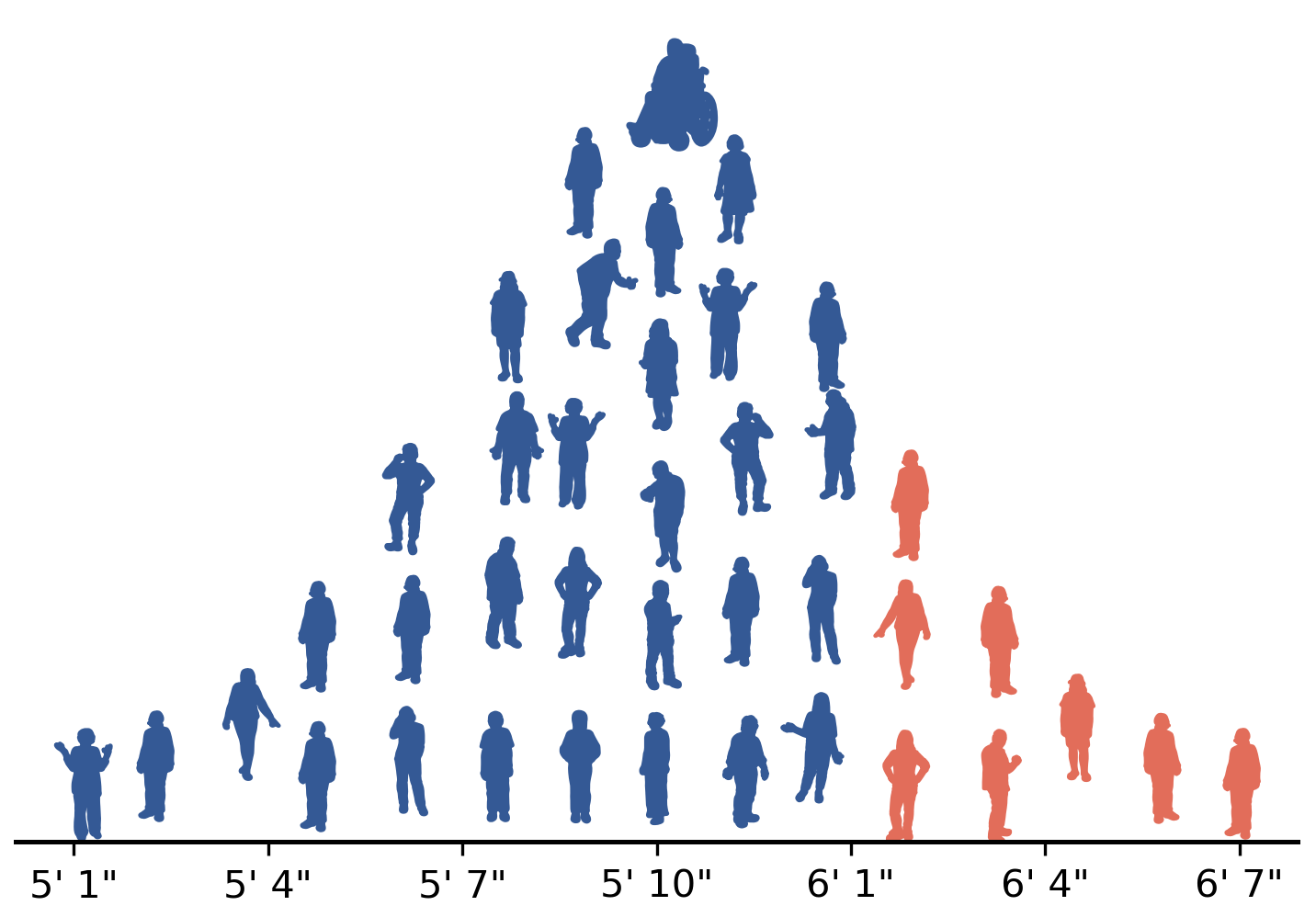3.3. Partitions#
Self-Assessment:
The following questions can be used to check your understanding of the material covered in this chapter: \(~~ \!\!\)
3.3.1. Terminology Review#
Use the flashcards below to help you review the terminology introduced in this section.
